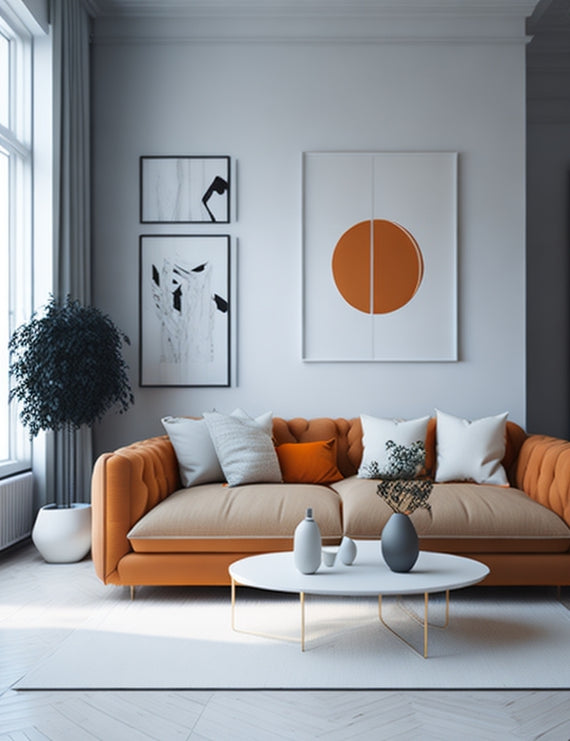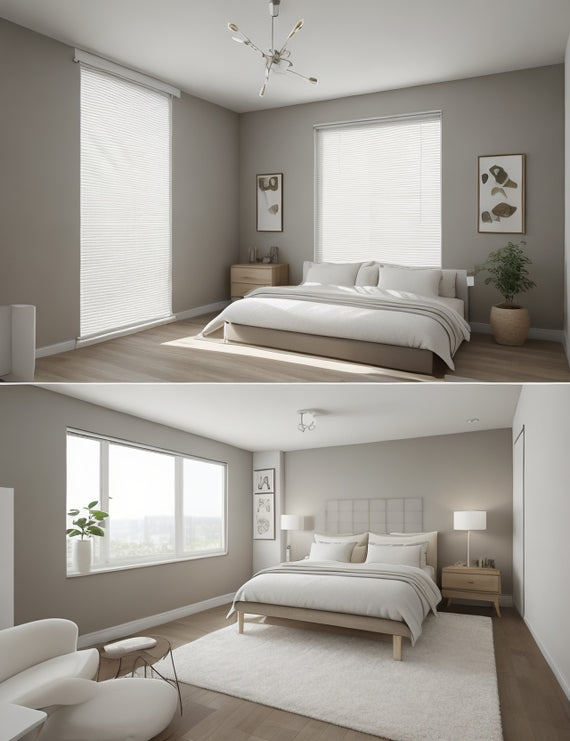Unlocking the Secrets of Sustainable Architecture in Pakistan: Building a Greener Future for 2023 and Beyond
Introduction
Sustainable architecture is an approach to building design and construction that prioritizes environmental responsibility, energy efficiency, and the use of renewable resources. In Pakistan, where the effects of climate change and resource depletion are becoming increasingly evident, sustainable architecture plays a crucial role in mitigating these challenges and building a greener future.
Historical Perspective: Sustainable Architecture in Pakistan
Early Influences
Traditional architectural practices in Pakistan have long embraced sustainable principles. The use of locally-sourced materials, such as adobe and brick, allowed for efficient construction and minimized the environmental impact. Additionally, concepts of sustainability were inherent in the design of historical buildings, which prioritized natural ventilation, passive cooling, and use of daylight.
Colonial Era
During the British colonial era, sustainable architectural practices were often neglected in favor of imposing Western architectural styles. However, some colonial-era buildings did incorporate sustainable features, such as high ceilings, shaded balconies, and large windows for natural ventilation. In recent years, efforts have been made to conserve and preserve these buildings while adapting them to modern sustainable standards.
Current State of Sustainable Architecture in Pakistan
Challenges and Barriers
One of the major challenges to sustainable architecture in Pakistan is the lack of awareness and education among architects, builders, and homeowners. Many are unfamiliar with the principles and practices of sustainable design, which hinders the adoption of greener building techniques. Moreover, cost constraints often prevent the implementation of sustainable practices, as they require upfront investments that may not fit within tight budgets.
Promising Initiatives and Projects
Despite these challenges, numerous successful sustainable architecture projects have been completed in Pakistan. Projects such as the Solar Decathlon House and the Indus Valley School of Art and Architecture showcase innovative sustainable design techniques, including green roofs, solar panels, rainwater harvesting, and passive solar heating. These projects not only reduce the environmental impact but also positively impact the community and raise awareness about the benefits of sustainable architecture.
The Role of Architects and Interior Designers in Shaping a Greener Future
Sustainable Design Principles
Architects and interior designers have a critical role in designing buildings that are environmentally responsible and energy-efficient. By integrating sustainable design principles, such as optimizing building orientation, maximizing natural light, utilizing recycled materials, and implementing energy-efficient systems, they can significantly reduce the carbon footprint of buildings. It is important for architects and interior designers to prioritize sustainability in all aspects of their work, from the selection of materials to the arrangement of furniture.
Innovations in Materials and Technologies
In recent years, advancements in eco-friendly materials and technologies have expanded the possibilities for sustainable architecture. For example, the use of bamboo as a construction material offers a renewable and highly sustainable alternative to traditional materials. Additionally, smart home technologies enable efficient energy management and enhance the overall sustainability of buildings. These innovations not only benefit the environment but also provide opportunities for cost savings and improved comfort for residents.
Policy and Regulations for Sustainable Architecture in Pakistan
Government Initiatives and Regulations
The government of Pakistan has recognized the importance of sustainable architecture and has implemented various policies and initiatives to promote its adoption. The National Energy Efficiency and Conservation Act, as well as the Sustainable Building Guidelines, provide guidelines and incentives for implementing sustainable practices in building design and construction. However, the effectiveness and implementation of these regulations need to be continually assessed and improved.
Role of Professional Bodies and Organizations
Professional bodies and organizations in the architecture and design industry play a crucial role in shaping sustainable policies. By collaborating with government agencies and advocating for sustainable practices, architects and interior designers can influence the development of regulations and guidelines that align with international standards. Additionally, knowledge-sharing platforms, such as workshops and conferences organized by these bodies, facilitate the dissemination of best practices and promote sustainable design among professionals.
Benefits and Impact of Sustainable Architecture in Pakistan
Environmental Impact
Sustainable architecture offers significant environmental benefits. By reducing energy consumption, implementing renewable energy sources, and employing efficient water management systems, sustainable buildings contribute to the reduction of carbon emissions and the preservation of natural resources. Additionally, incorporating green spaces and promoting biodiversity in and around buildings helps to create healthier and more sustainable environments.
Social Impact
Sustainable architecture has a positive impact on the quality of life for residents. Buildings designed with considerations for natural light, ventilation, and thermal comfort create more comfortable living and working spaces. Furthermore, by engaging community members in the design and construction process, sustainable architecture promotes a sense of ownership and empowerment among residents, fostering stronger communities.
Economic Benefits
Sustainable architecture can lead to significant cost savings in the long run. Energy-efficient buildings reduce utility bills and operational costs, making them more financially sustainable for homeowners and businesses. Furthermore, as awareness and demand for sustainable buildings grow, there is an increasing market value and preference for such properties, providing economic incentives for builders and investors.
Conclusion
Sustainable architecture has the power to shape a greener future for Pakistan. By adopting sustainable design principles, embracing innovative materials and technologies, improving policies and regulations, and recognizing the benefits and impact of sustainable architecture, we can build a more environmentally responsible and socially conscious society. It is the collective responsibility of architects, interior designers, and policymakers to prioritize and promote sustainable practices for a better, more sustainable future.
For more inspiration and to explore sustainable interior design options for your home or workspace, check out Shamo Jee's collection.
To stay updated on the latest trends in sustainable architecture and interior design, visit Shamo Jee's blog.
For inquiries or assistance in creating sustainable interior spaces, contact Shamo Jee.
Shamo Jee is an interior design brand that offers a range of sustainable and environmentally-friendly products and services.












